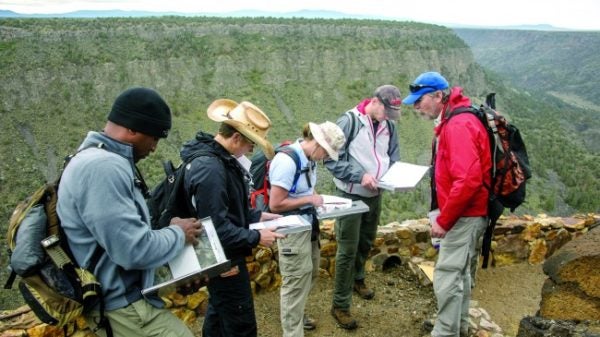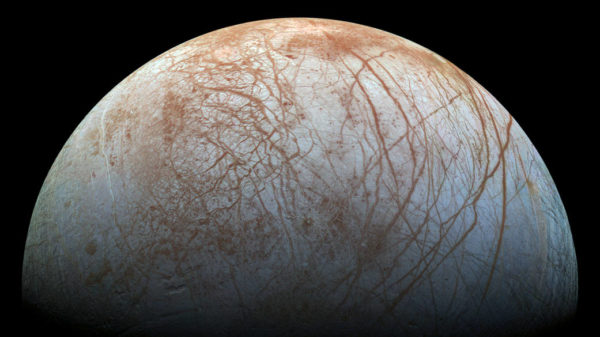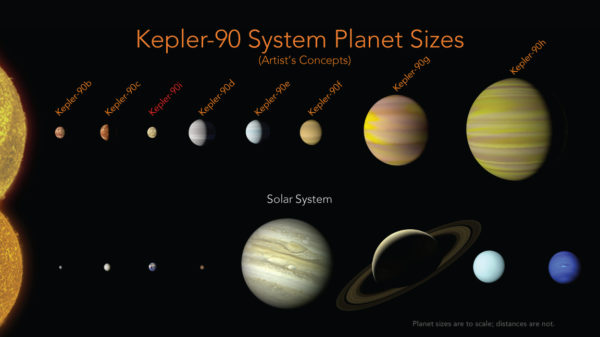Today, NASA turns 60 years young. Far from its golden years, the national space agency stands as a testament to scientific tenacity and creativity. Tales of astronauts and discoveries of new galaxies continue to grip the public’s imagination, tapping into our desire to be a part of something more.
From walks on the moon to hunts for new planets, The University of Texas at Austin is proud to have partnered with NASA over the years.

Guiding Planet Exploration
Since the final Apollo missions of the early 1970s, what’s now called the Jackson School of Geosciences has been training astronauts in the West Texas desert. UT geologists have been giving them a crash course in geology, teaching them how to see rocks with the eyes of a scientist.

Educating Future Astronauts
NASA astronaut Karen Nyberg, a 2014 Texas Exes Distinguished Alumna honoree, sent us this picture thank-you tweet last year when she was selected for the honor.
The University of Texas at Austin sent its first astronaut into space in 1969, when Alan Bean became the fourth person to walk on the moon. Since then, 12 UT graduates have become astronauts, spending a total of more than 533 days in space.

Searching for Extraterrestrial Life
Ice-penetrating radar technology developed by The University of Texas at Austin’s Institute for Geophysics (UTIG) was selected by NASA to scour Europa for life-supporting environments.

Photographing Galaxies Far, Far Away
The University of Texas at Austin has been a big player in humanity’s vision of the cosmos. From developing an instrument that allows astronomers to point precisely at cosmic targets to discovering the farthest known galaxy, here are 10 discoveries by UT researchers related to the Hubble Space Telescope.

Discovering New Planets
Using artificial intelligence and data from NASA’s Kepler space telescope, UT astronomer Andrew Vanderburg and Google’s Christopher Shallue discovered an eighth planet circling the distant star Kepler-90. This discovery of a new planet reveals a distant solar system to rival our own.
Happy Birthday, NASA! Cheers to many more years of discovery to come.
